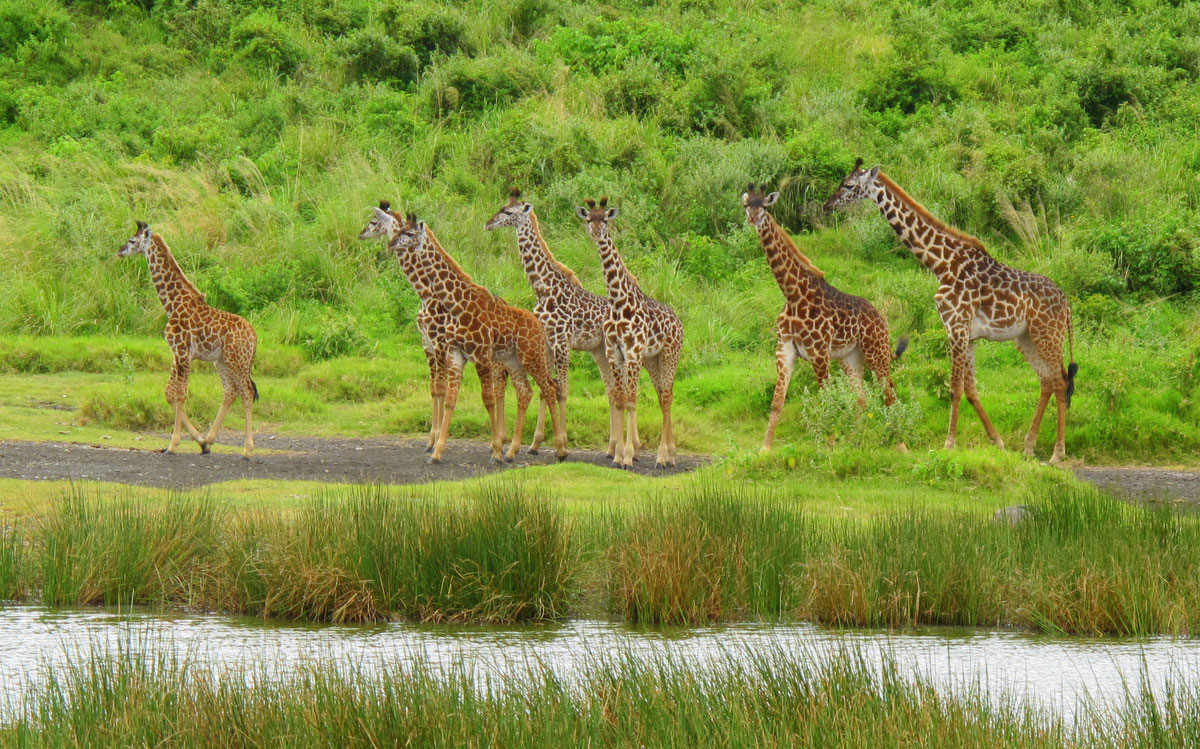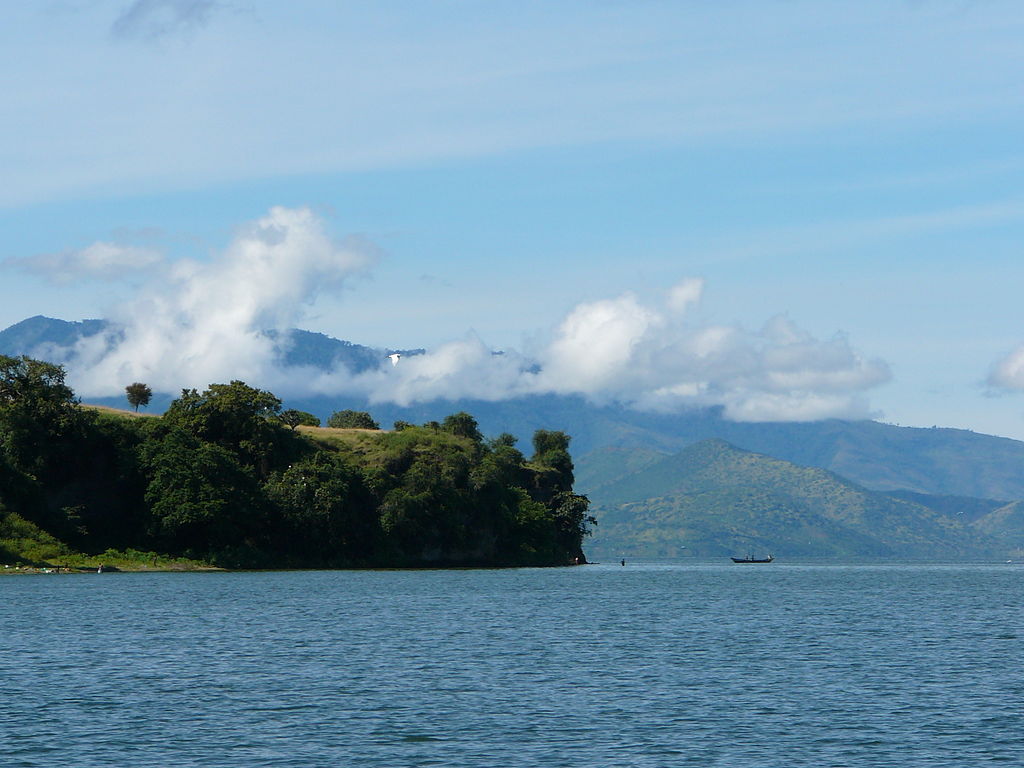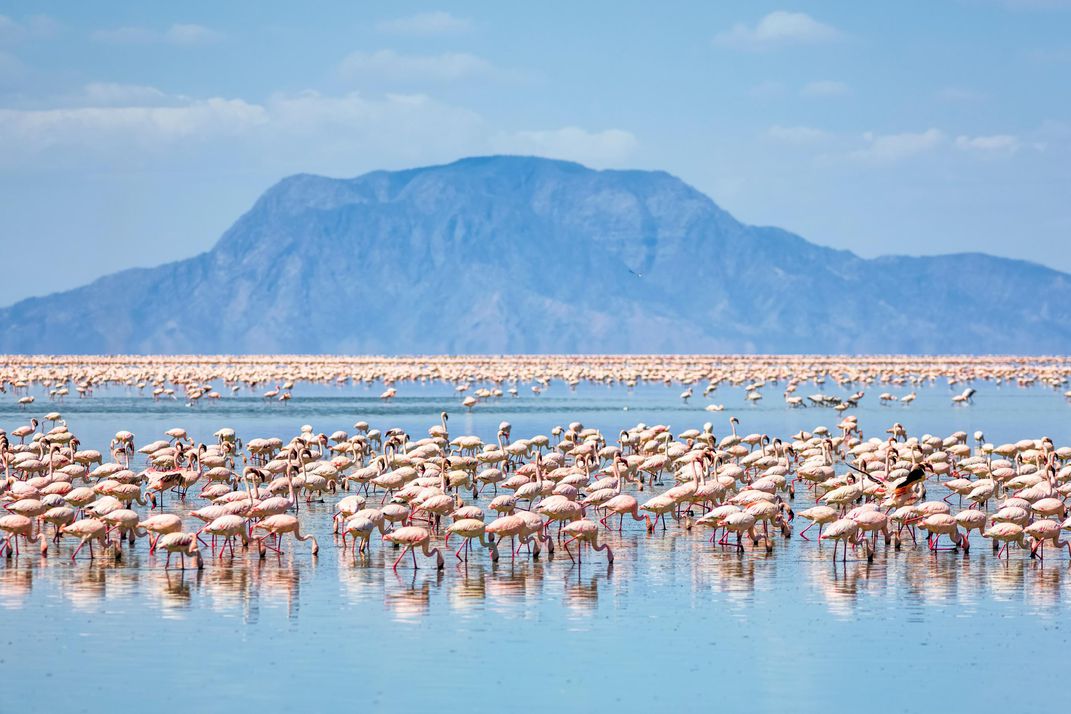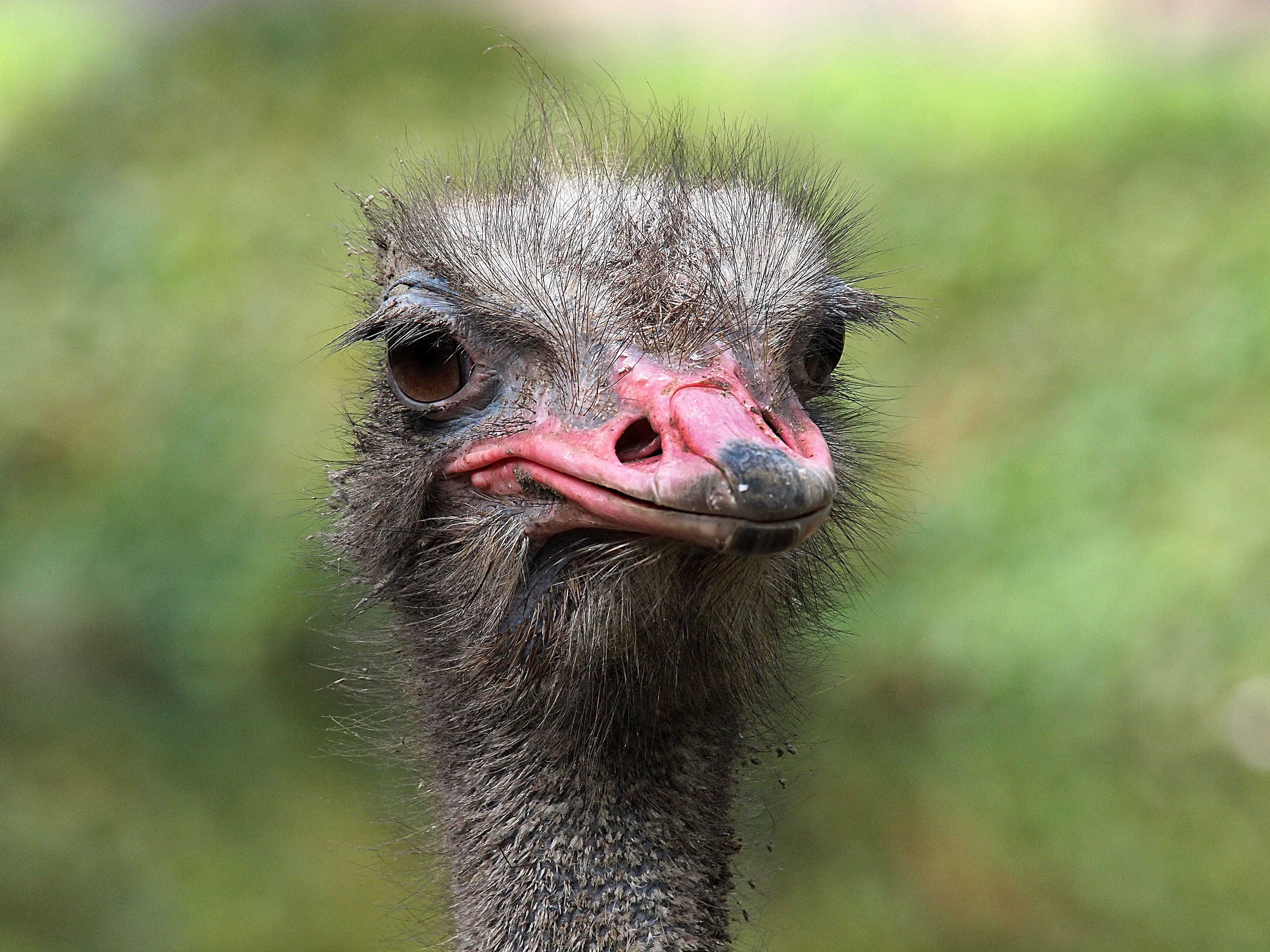-
Arusha to Tarangire National Park
Pick up from Arusha hotel then drive to Tarangire National Park, with picnic lunch provided during the full- day game drive. Tarangire National Park, located in the Manyara region, is the sixth largest national park in Tanzania. It is named for the Tarangire River that crosses the park; this river is the primary source of fresh water for wild animals in the Tarangire Ecosystem during the annual dry season.
The Tarangire Ecosystem is defined by the long-distance migration of wildebeest and zebras. During the dry season, thousands of animals concentrate in Tarangire National Park from the surrounding wet-season dispersal and calving areas. The park is famous for its high density of elephants and baobab trees. Visitors to the park in June to November dry season can expect to see large herds of thousands of zebra, wildebeest and cape buffalo.
-
Tarangire national park to Serengeti national park
After breakfast, drive to Serengeti National Park; enjoy picnic lunch at Nabii Gate, followed by an afternoon game drive. This is Tanzania’s oldest and most popular national park. It is also a World Heritage Site and a recently proclaimed Worldwide Wonder.
The Serengeti is famed for its Annual Migration when some six million hooves pound the open plains; more than 200,000 zebra and 300,000 Thomson’s gazelles join the wildebeest’s trek for fresh grazing.
Even when the Migration is quiet, Serengeti National park offers arguably the most scintillating game viewing in Africa: great herds of buffalo, smaller groups of elephants and giraffes, the thousands upon thousands of eland, topi, kongoni, impala and Grant’s gazelle.
-
Central Serengeti National Park
Full-day game drive in Serengeti National Park, with picnic lunch provided. The park covers 14,750 square kilometers (5,700 sq mi) of grassland plains, savannah, riverine forest, and woodlands. It lies in northwestern Tanzania, bordered to the north by the Kenyan border, where it is continuous with the Maasai Mara National Reserve.
To the southeast of the park is the Ngorongoro Conservation Area, to the southwest lies Maswa Game Reserve, to the west are the Ikorongo and Grumeti Game Reserves, and to the northeast and east lies the Loliondo Game Control Area.
Together, these areas form the larger Serengeti ecosystem. Serengeti plains: the almost treeless grassland of the south is the most emblematic scenery of the park. This is where the wildebeest breed, as they remain in the plains from December to May. Other hoofed animals – zebra, gazelle, impala, hartebeest, topi, buffalo, waterbuck – also appear in huge numbers during the wet season“.
-
Central Serengeti National Park
Full-day game drive in Serengeti National Park, with picnic lunch provided. The park covers 14,750 square kilometers (5,700 sq mi) of grassland plains, savannah, riverine forest, and woodlands. It lies in northwestern Tanzania, bordered to the north by the Kenyan border, where it is continuous with the Maasai Mara National Reserve.
To the southeast of the park is the Ngorongoro Conservation Area, to the southwest lies Maswa Game Reserve, to the west are the Ikorongo and Grumeti Game Reserves, and to the northeast and east lies the Loliondo Game Control Area. Together, these areas form the larger Serengeti ecosystem. Serengeti plains: the almost treeless grassland of the south is the most emblematic scenery of the park. This is where the wildebeest breed, as they remain in the plains from December to May.
Other hoofed animals – zebra, gazelle, impala, hartebeest, topi, buffalo, waterbuck – also appear in huge numbers during the wet season.
-
Central Serengeti to Ngorongoro Conservation Area
Enjoy a sunrise game drive, followed by breakfast; drive to Ngorongoro Conservation Area. Upon arrival at camp or lodge, have a leisurely, restful day. In the evening, experience a guided Maasai village tour. After early morning breakfast, drive to Ngorongoro Crater Gate; descend inside the crater for a full day game drive, with picnic lunch provided.
The main feature of the Ngorongoro Conservation Authority is the Ngorongoro Crater, the world’s largest inactive, intact and unfilled volcanic caldera. The crater, which formed when a large volcano exploded and collapsed on itself two to three million years ago, is 610 meters (2,000 feet) deep and its floor covers 260 square kilometers (100 square miles).
Estimates of the height of the original volcano range from 4,500 to 5,800 meters (14,800 to 19,000 feet) high. The elevation of the crater floor is 1,800 meters (5,900 feet) above sea level. The Crater was voted as one of the Seven Natural Wonders of Africa.
-
Central Serengeti to Ngorongoro Conservation Area
Enjoy a sunrise game drive, followed by breakfast; drive to Ngorongoro Conservation Area. Upon arrival at camp or lodge, have a leisurely, restful day. In the evening, experience a guided Maasai village tour. After early morning breakfast, drive to Ngorongoro Crater Gate; descend inside the crater for a full day game drive, with picnic lunch provided.
The main feature of the Ngorongoro Conservation Authority is the Ngorongoro Crater, the world’s largest inactive, intact and unfilled volcanic caldera. The crater, which formed when a large volcano exploded and collapsed on itself two to three million years ago, is 610 meters (2,000 feet) deep and its floor covers 260 square kilometers (100 square miles).
Estimates of the height of the original volcano range from 4,500 to 5,800 meters (14,800 to 19,000 feet) high. The elevation of the crater floor is 1,800 meters (5,900 feet) above sea level. The Crater was voted as one of the Seven Natural Wonders of Africa.
-
Karatu to Arusha
After breakfast, we will drive back to Arusha. Final drop off at your accommodation or Kilimanjaro Airport to catch your flight back home or to your next destination.
SEASONAL RATE
Title
N/A
Max People for this package
1
Rate Per Adult
$2,691.00
Rate Per Child
$2,691.00
GROUP RATES
| Group Size 1 | # of Rooms 1 | Group Rate $ 0 |
| Group Size 2 | # of Rooms 1 | Group Rate $ 2700 |
| Group Size 3 | # of Rooms 2 | Group Rate $ 2390 |
| Group Size 4 | # of Rooms 2 | Group Rate $ 2230 |
| Group Size 5 | # of Rooms 3 | Group Rate $ 2130 |
Sorry! no content found...
.jpg)

.jpg)
.jpg)





.jpg)